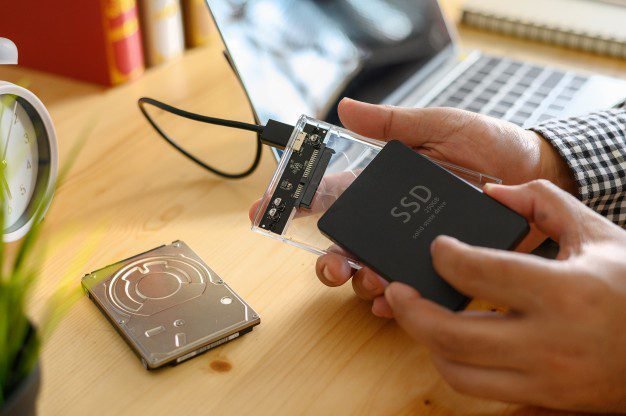Last Updated on June 2, 2023 by
Solid State Drives are exceptional computing assets, best characterized by the faster ‘read &write’ speeds, noise-free operations, and improved file loading performances. While SSDs feature minimal mechanical parts when compared to HDDs, they are still prone to failure, courtesy of restricted longevity and memory deterioration. Therefore, Managed Service Provides using high-end laptops and desktops with an overreliance on SSDs must account for these susceptibilities and take necessary precautions to recover SSD data
Table of Contents
Why do SSDs Fail?
Solid-state drives or flash drives are prone to physical and electrical faults as the capacitors, power supply, and controller chipsets have expiration dates. Moreover, SSD failures are mostly abrupt and show up unannounced, thereby making data and component recovery more difficult than usual.
Read More: Various Advantages Of Utilizing The Big Data Into Retail Industry
Is SSDs Retrievable?
Once you identify the factors leading to the failure, recovering the SSD becomes a surmountable feat. However, SSD recovery doesn’t always guarantee data retrieval, as is the case with solid-state drives based on the RAID 0 technology. As data recovery is discretionary at times, you must pick up any sign of SSD failure, including bad blocks, appearance of read-only SSD mode, and file and app crashes and create a backup, stat.
Services related to SSD data recovery in Melbourne and Perth are, therefore, more about creating clones as soon as the problems show up. These service providers and even the MSPs do not wait for the SSDs to crash completely, with zero chances of redemption.
How to Recover SSD Data?
Unless you create a backup drive, there aren’t many chances that the SSD data can be recovered, especially when the failure is a result of damaged hardware or degrading flash cells. However, recovery chances increase if the issues result from software discrepancies, out-dated firmware, bad blocks, and malware threats.
Updating the SSD Firmware
SSD firmware might get corrupted, after years of successful ‘read and write’ operations. In that case, running a firmware update is the best possible option. While in some cases, the SSD might automatically install the upgraded firmware, manual approaches come in handy for older, SATA-powered drives. If the SSD firmware is beyond saving, even some of the more experienced and sought-after data recovery services in Perth & Melbourne, Australia, cannot retrieve the lost data.
Use Consumer-Grade Tools
SSD data recovery is still possible if the failure is malware-induced. A majority of NVMe and even SATA drives are compatible with Disk Drill, Stellar Recovery, Recoverit, and other data recovering tools, which can effectively help retrieve a significant portion of customer data.
Update SSD Drivers
A simple yet highly underrated method is to update the SSD driver via Device Manager. Once you install a new driver, or update the existing one, restart the machine to experience a revived solid-state drive, provided retrieval is possible.
While these are some of the more functional techniques to revive a corrupted or crashed SSD, you can also re-download and reinstall the operating system to rejig the SSD back to health. Last but not least, if the SSD crash is a result of power failure, the advanced triple-power cycling method is one of the most effective techniques to revive the same, by simply unplugging the SATA cable and reconnect after three On-and-Off cycles.
Apart from that, if you are interested to know more about How to Recover Lost Data on Your Computer? then visit our Technology category.



























